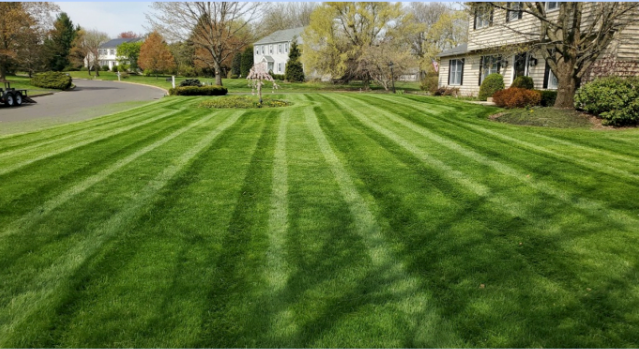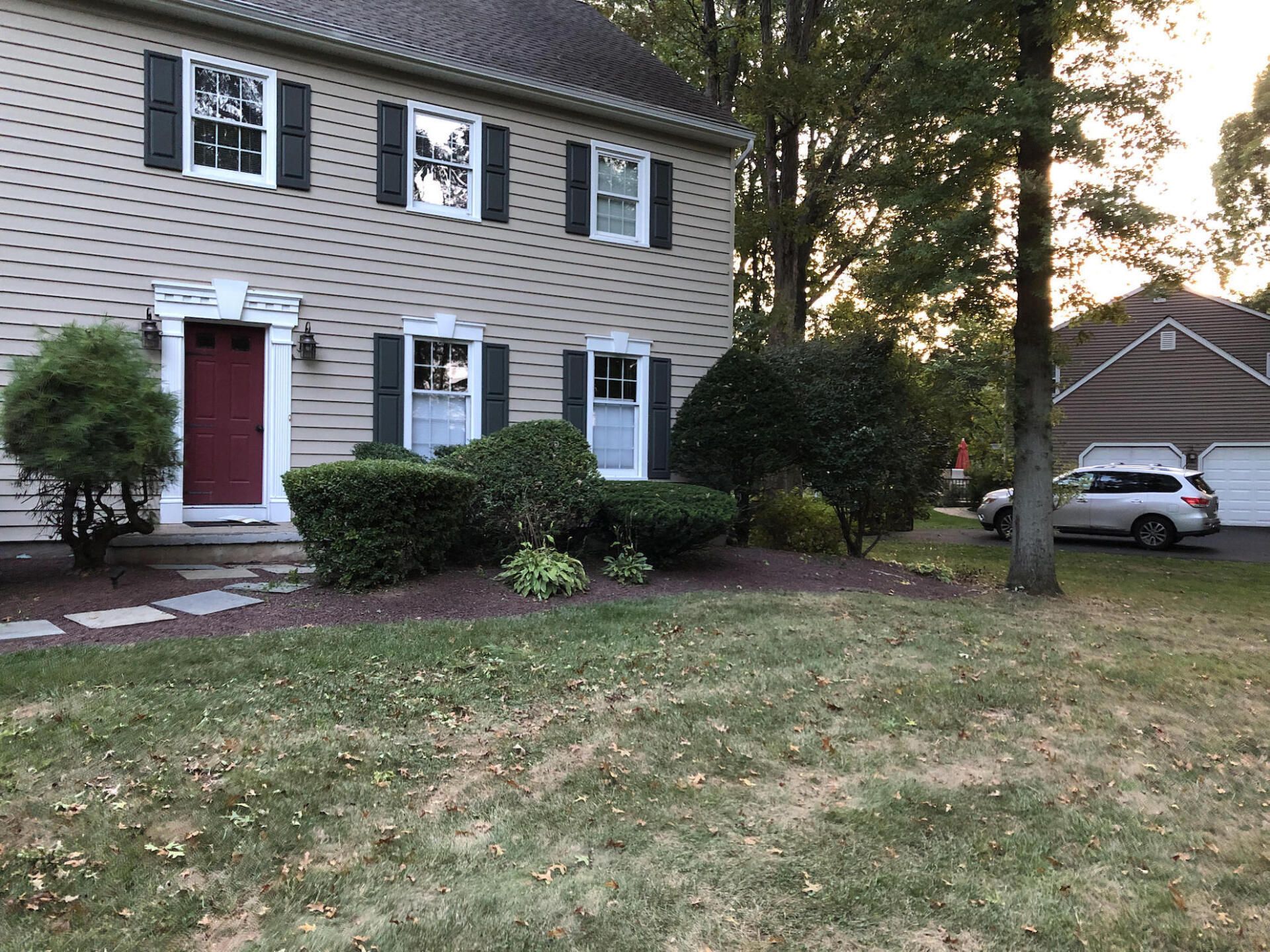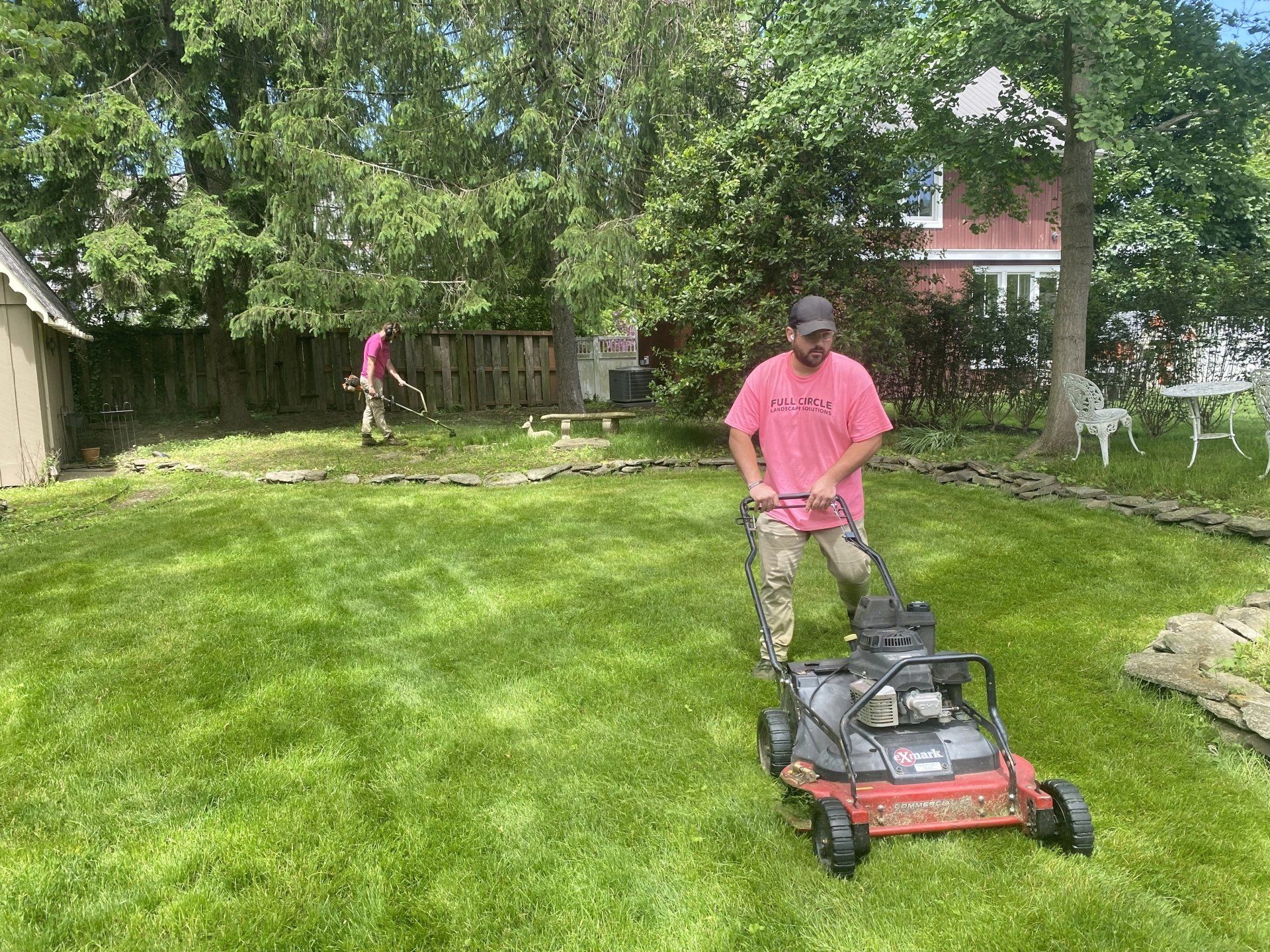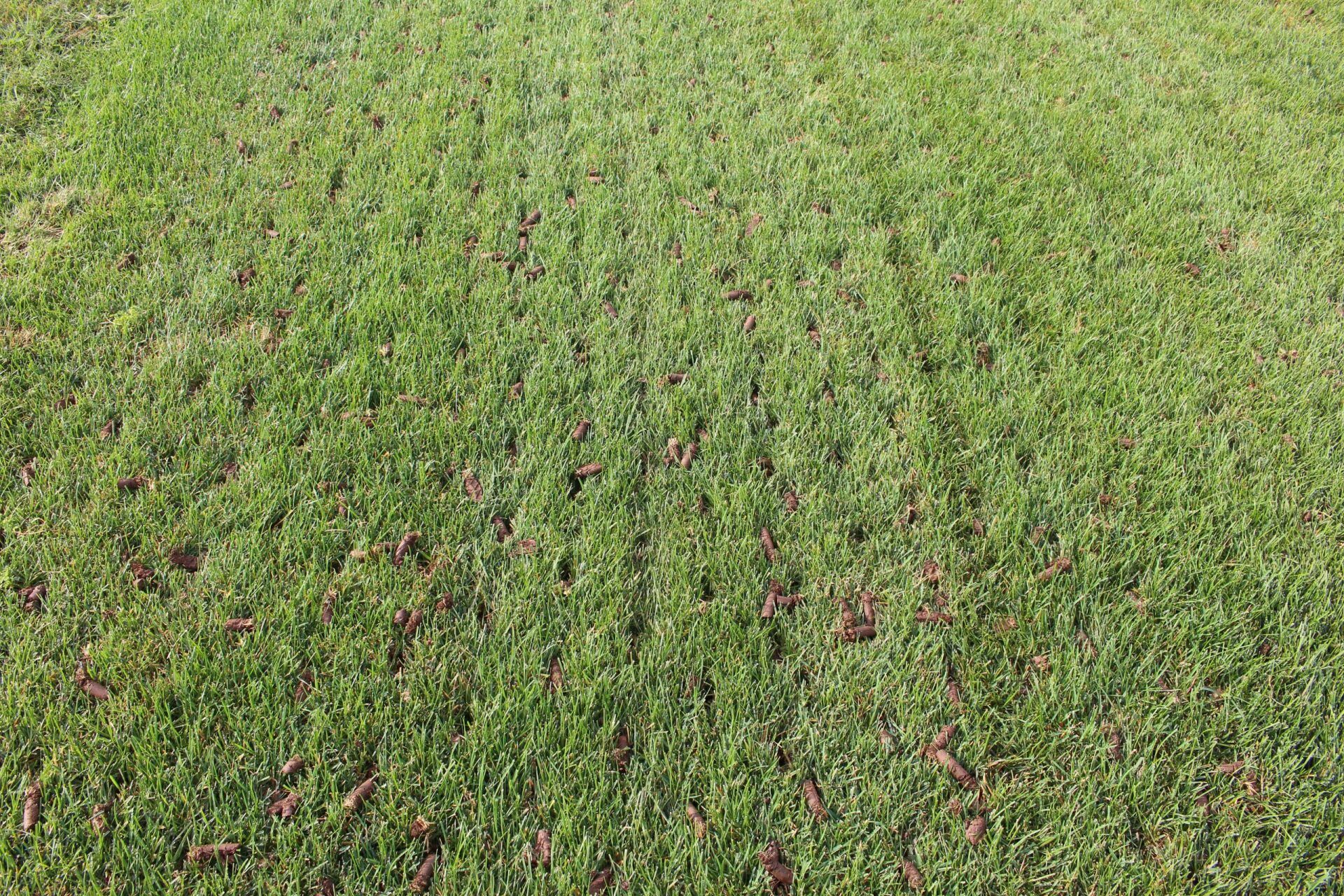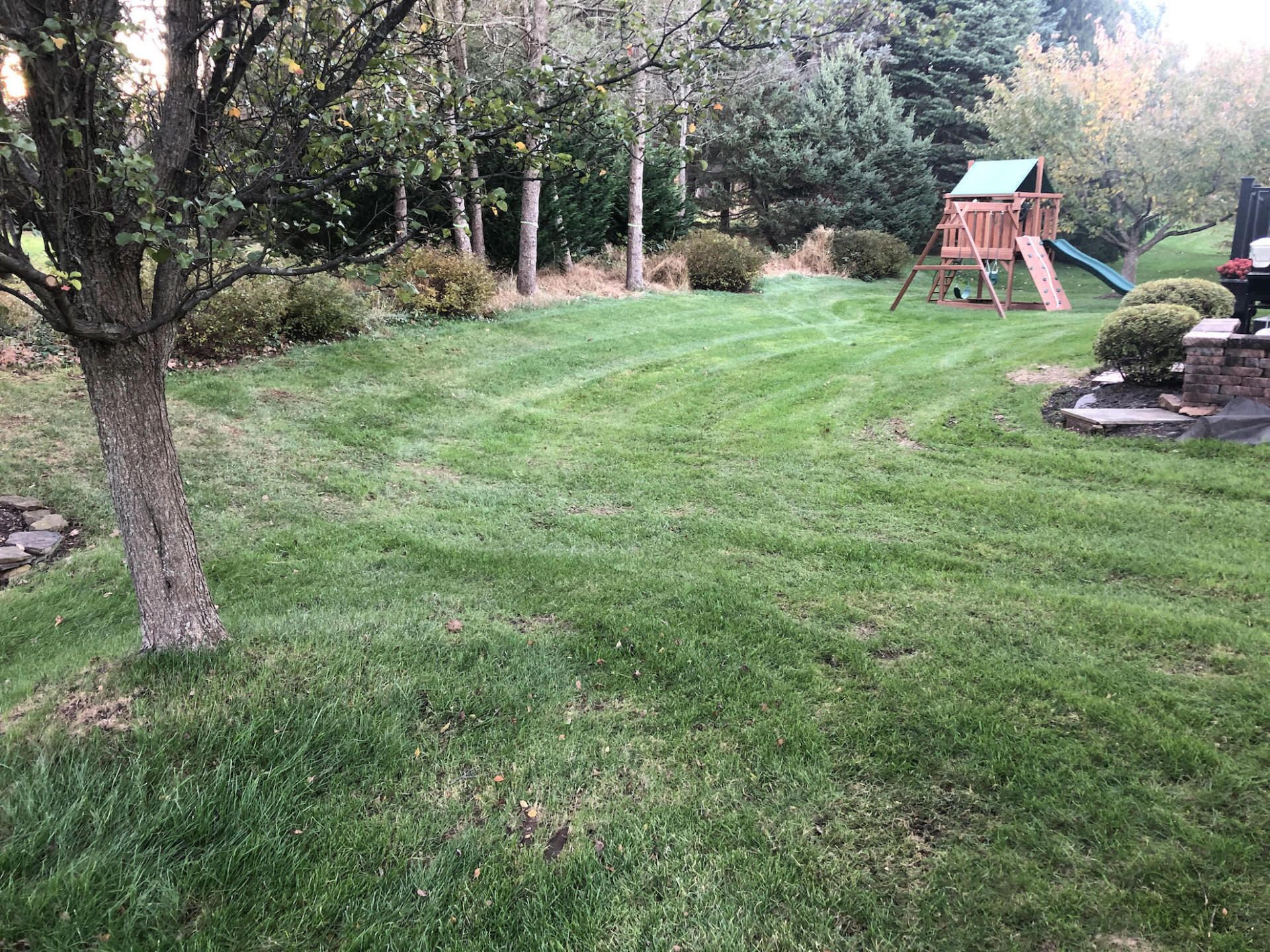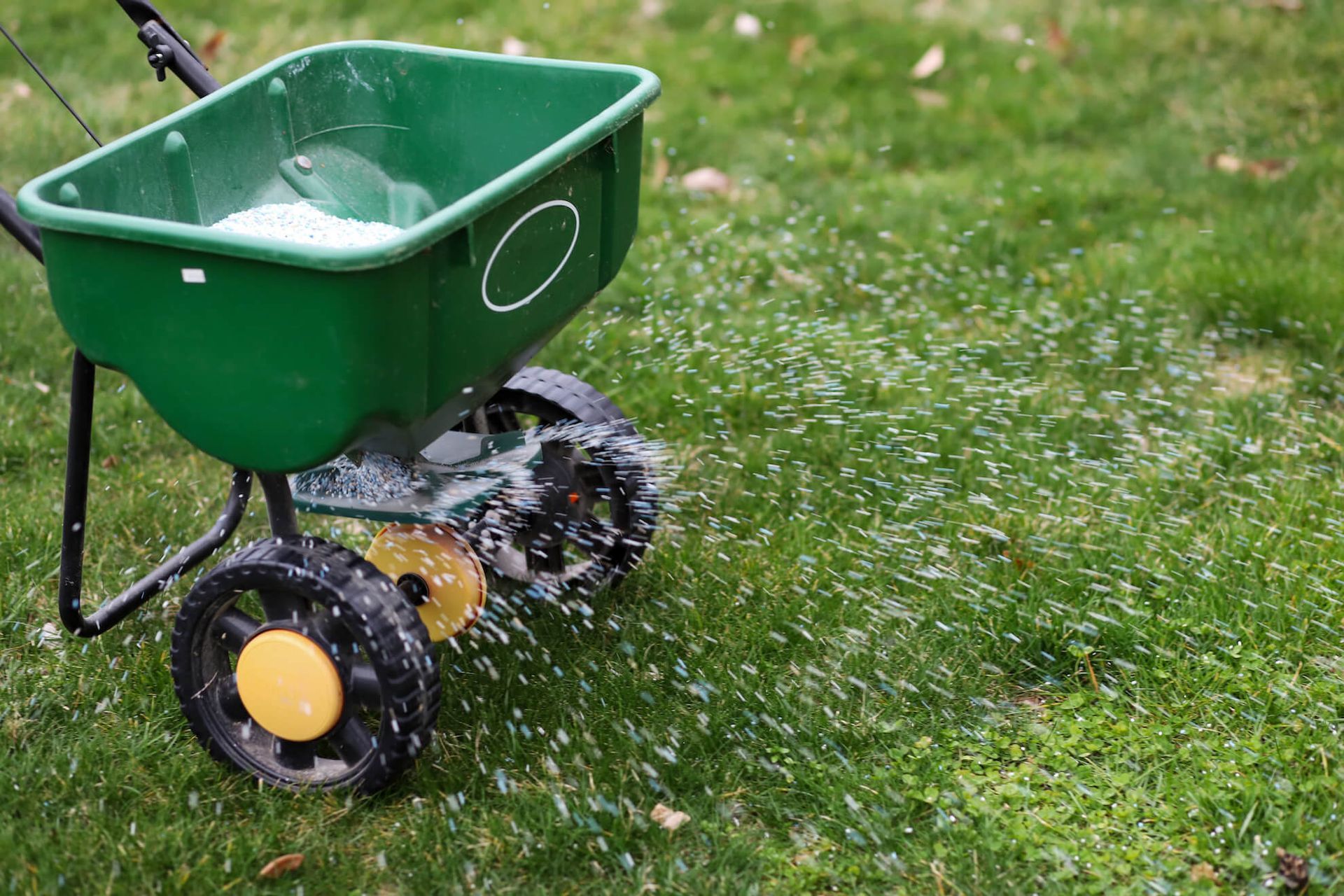THE BENEFITS OF MULCHING
What are the benefits of adding mulch?
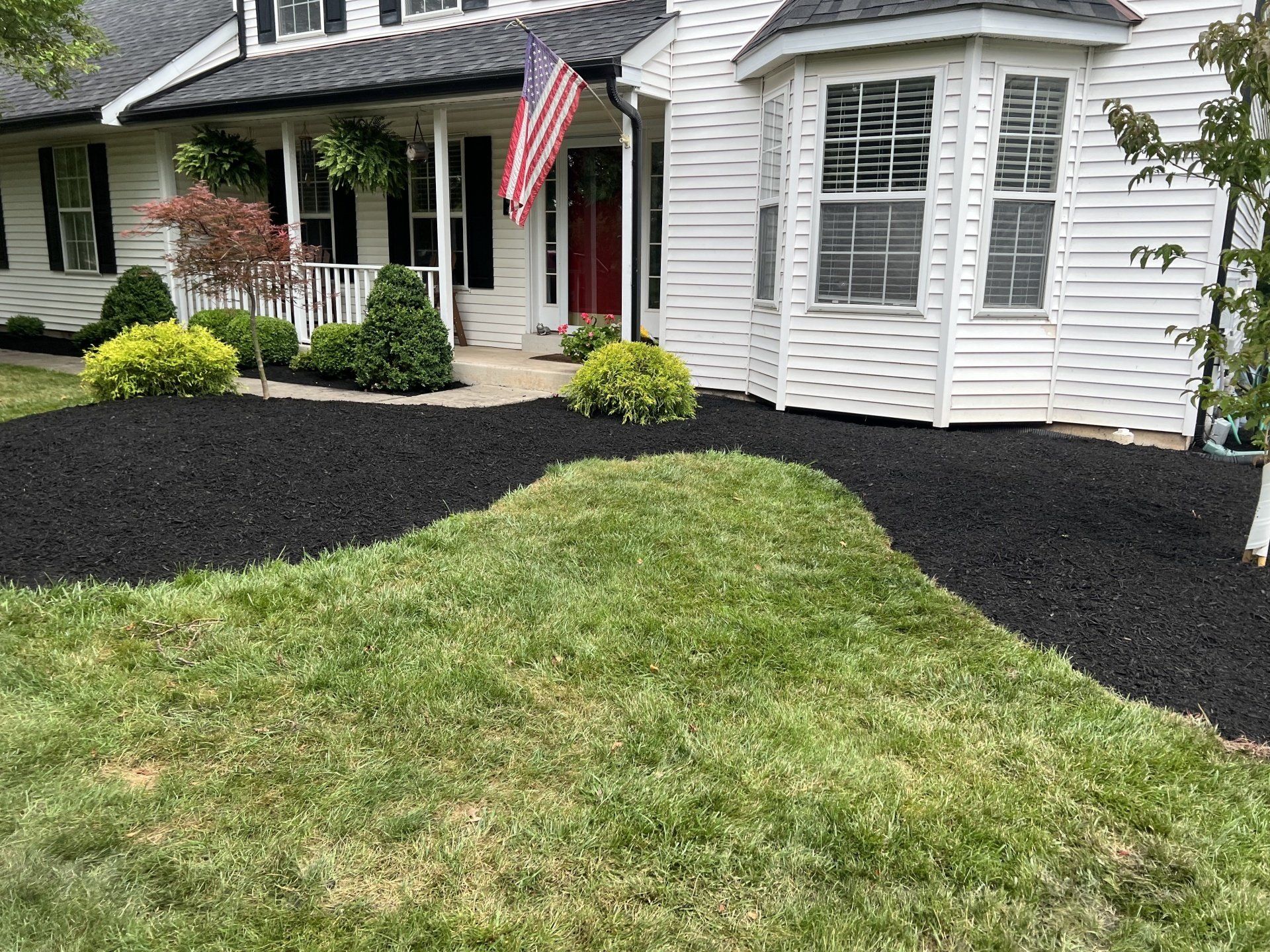
If you're a homeowner or a landscaping enthusiast, you've probably heard about the benefits of mulching. But what exactly is mulching and why is it so important for your property?
Mulching is the act of spreading a layer of material over the surface of the soil in your garden beds or around trees and shrubs. The material used can vary, but common options include wood chips, bark, straw, leaves, and compost.
But mulching isn't just about adding a finishing touch to your landscaping - it has several practical benefits that can improve the health and appearance of your property. Here are just a few:
Regulates soil temperature: In the summer, mulch can help to insulate the soil and keep it cooler, which can be especially beneficial for heat-sensitive plants. In the winter, mulch can help to protect roots from extreme cold temperatures.
Conserves soil moisture: By creating a barrier between the soil and the air, mulch can help to reduce evaporation and keep soil moister for longer periods of time. This can be especially important in dry or hot climates where watering may be more frequent.
Suppresses weeds: Weeds can be a major headache for gardeners, but mulch can help to suppress their growth by blocking sunlight and preventing weed seeds from germinating. This can save you time and energy on weeding chores.
Improves soil quality: As mulch decomposes, it adds organic matter to the soil, which helps to improve soil structure and fertility. This can lead to healthier plants and more vibrant landscapes.
In addition to these practical benefits, mulching also adds a finished look to your landscaping. A well-mulched garden bed or tree ring can add a polished, professional touch to your property.
When it comes to selecting a mulch for your property, there are many options to choose from. Wood chips, bark, straw, leaves, and compost are all common choices. The best option for you will depend on your personal preferences, budget, and the needs of your plants.
For example, wood chips and bark tend to be long-lasting and provide a more natural look, but they may be more expensive. Straw and leaves tend to be less expensive, but they decompose more quickly and may need to be replaced more frequently. Compost is a good option for improving soil quality, but it can be more expensive and may not have as attractive of a finish as other options.
When mulching, it's important to follow a few basic guidelines to ensure that you get the most benefits from your efforts. First, make sure to apply a sufficient layer of mulch. A general rule of thumb is to aim for a depth of 2-4 inches. Any less and the mulch may not provide the desired benefits, and any more can lead to excess moisture and an unhealthy environment for plants. It's also important to avoid mulching too close to the base of plants. Mulch that is applied too close to the base of plants can lead to excess moisture and create an environment that is conducive to pests and diseases. A general rule of thumb is to leave a few inches of space between the mulch and the base of plants. Finally, be sure to use mulch that is appropriate for the plants you are mulching around. Some mulch options, such as wood chips, may be too acidic for certain plants and can lead to problems. Be sure to do your research and choose a mulch that is suitable for the specific plants you are mulching.
Mulching is an essential aspect of proper landscape maintenance that can provide numerous benefits for your property. From regulating soil temperature and conserving moisture to suppressing weeds and improving soil quality, mulching can help to create a healthier, more attractive landscape. When selecting a mulch for your property, be sure to consider your personal preferences, budget, and the needs of your plants, and be sure to follow proper application guidelines to get the most out of your mulching efforts. With the right mulch and proper care, you can create a beautiful, healthy landscape that will thrive for years to come.
